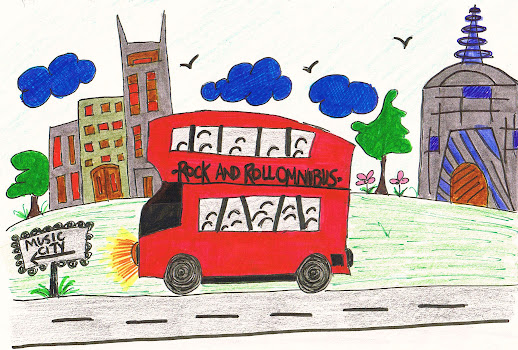For decades, lovers of deep soul music had pondered the whereabouts of Betty Harris. She hit the charts with a slow, cooking cover of Solomon Burke's "Cry to Me", but subsequent singles went nowhere and she found herself without a record label. In 1965, she traveled to New Orleans to work with producer Alan Toussaint. The next four years saw twenty releases, many of them classic recordings which brought her no closer to success.
Finally, she chose in the early 70's to totally walk away from the business. She spent the better part of three decades raising a family, her only singing being done in her church. During that time, as new fans of deep soul began to discover her for the first time, and those who did remember her rediscovered her immense talent, there was much speculation on what had happened to her. To hear her tell the story, she had no idea this fan base was building. By 2000, Betty was living in Hartford CT and doing some work as a vocal teacher when her daughter found several fan sites in her honor and for the first time Betty had discovered a very devoted fan base. It inspired her to begin reaching out to the fans, and record her first (and only) proper album. The album, "Intuition" released in 2007 proved she still has the chops. It's a great ending to a story of a woman who deserves all of the accolades she has received.

















